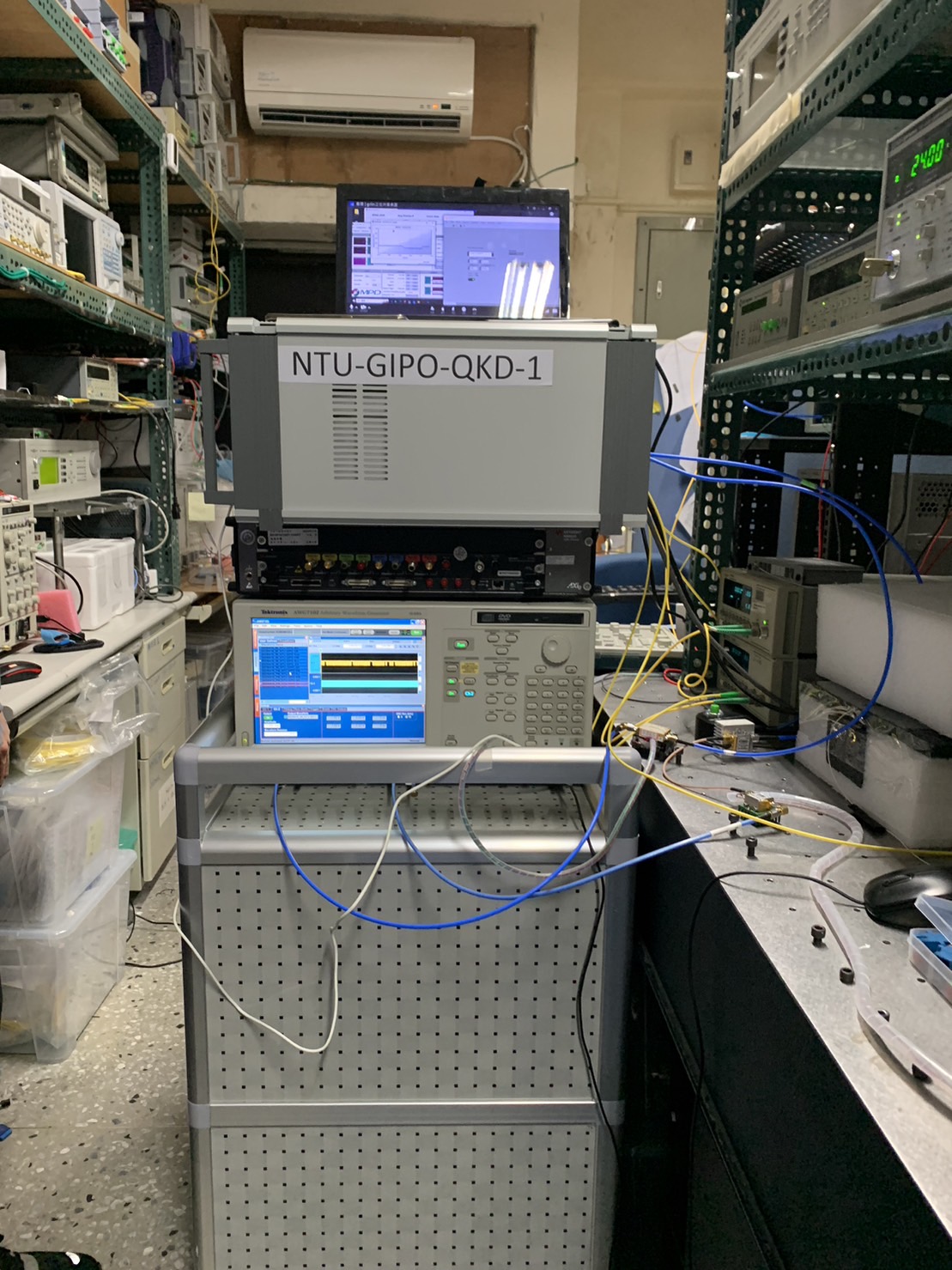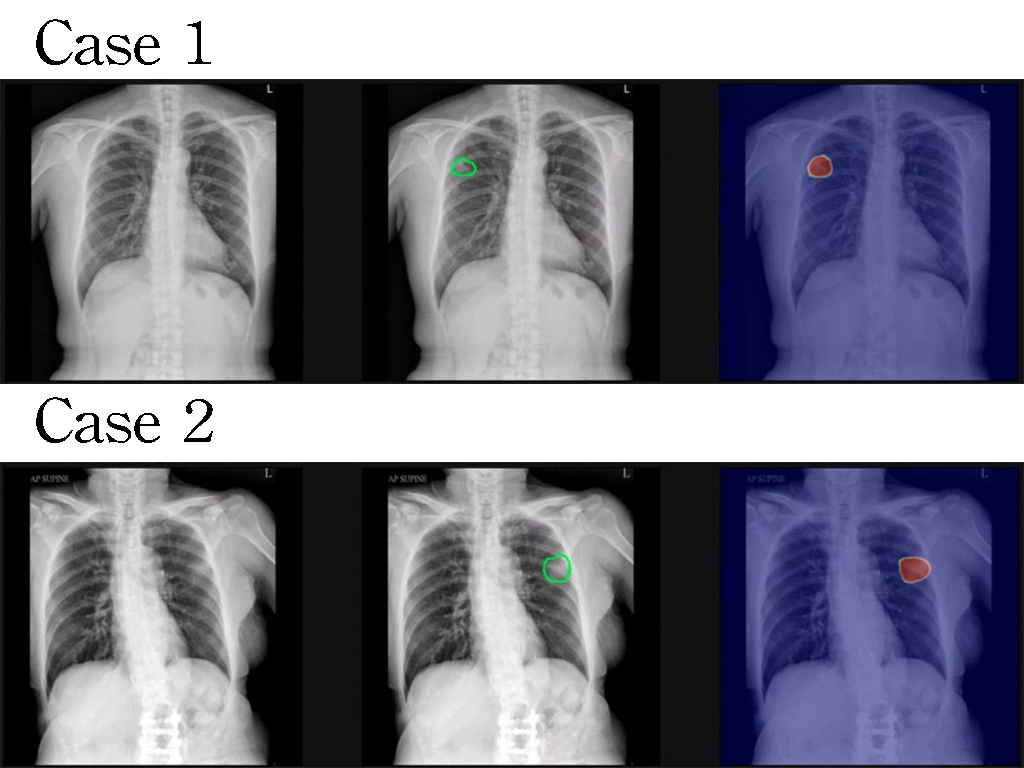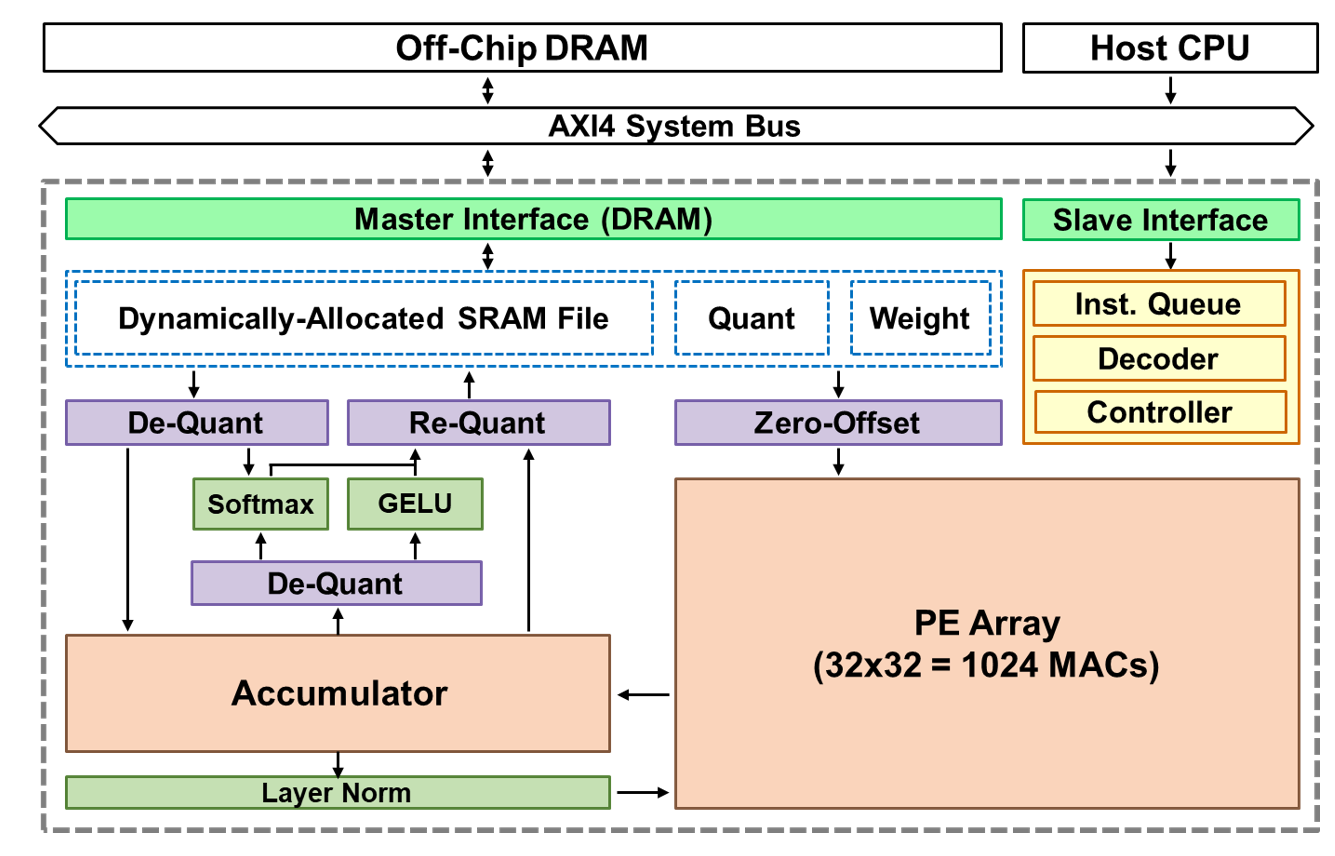| Technical Name | Direct Reprogramming of Human Fibroblasts into Retinal Progenitor Cells by Small Molecules to Treat Photoreceptor Degeneration | ||
|---|---|---|---|
| Project Operator | Academia Sinica | ||
| Project Host | 呂仁 | ||
| Summary | The breakthrough nature of this technology lies in its ability to utilize small molecules to directly convert human fibroblasts into retinal progenitor cells. By bypassing the ethical controversies associated with embryonic tissue sourcing, this method ensures high efficiency, precision, and safety. This process holds promise for treating degenerative diseases affecting photoreceptor cells, offering new possibilities for vision restoration. |
||
| Scientific Breakthrough | Compared to gene therapy, our approach offers safer treatment for diverse genotypes without genetic modification or viruses. Compared to embryonic stem cell technology, it produces retinal progenitor cells that can differentiate into rod and cone cells, restoring both black-and-white and color vision. Using adult cells avoids ethical issues and allows large-scale production, unlike fetal-derived methods. Our method is more efficient and effective than existing small molecule-induced techniques. |
||
| Industrial Applicability | Based on advancements in cell reprogramming and regenerative medicine, this technology addresses vision loss from photoreceptor degeneration. Its innovative techniques, high conversion efficiency, simple treatment process, and diverse vision restoration are validated through animal trials. The product has significant market potential for retinitis pigmentosa, macular degeneration, and diabetic retinopathy, with a global revenue potential of $480 billion and $4.5 billion in Taiwan. |
||
| Keyword | Ophthalmology cell therapy small molecules cell reprogramming cell transdifferentiation photoreceptor degeneration retinal progenitor cells macular degeneration, diabetic retinopathy retinitis pigmentosa | ||
- Contact
- Pei-Lun Lai
- coolman198411@yahoo.com.tw
other people also saw















